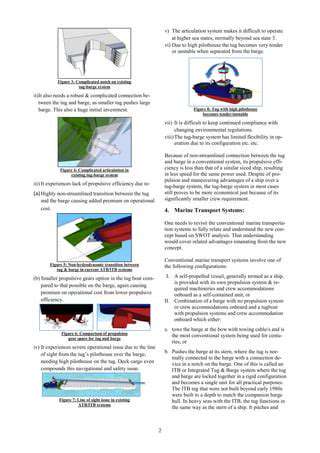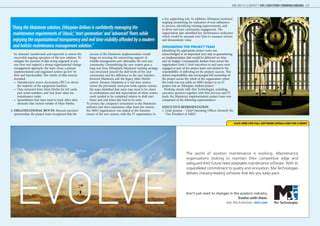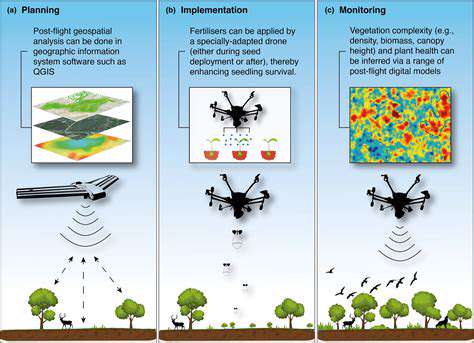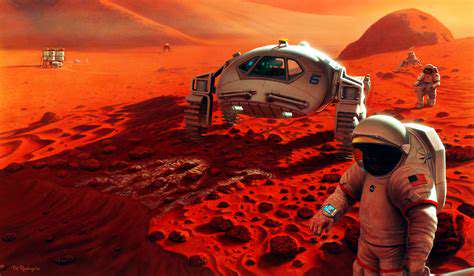In the universe's infancy, minuscule irregularities in dark matter distribution acted as nucleation points for galactic development. Over eons, these gravitational seeds accumulated surrounding matter through a complex interplay of physical forces. The resulting cosmic ballet produced the astonishing variety of galactic forms we catalog today - from stately ellipticals to graceful spirals with their characteristic arms.
The Importance of Stellar Feedback
Stellar feedback represents a critical self-regulating mechanism in galactic ecosystems. When massive stars reach the end of their life cycles in spectacular supernova explosions, they flood their surroundings with energy and newly forged heavy elements, fundamentally altering the chemical and dynamic properties of interstellar gas.
This energetic output serves as a cosmic thermostat, modulating star formation rates and maintaining equilibrium within galaxies. The expulsion of processed material can inhibit excessive star birth, preserving a delicate balance in galactic evolution. Understanding these feedback mechanisms proves essential for reconstructing the complete narrative of galaxy formation.
The Influence of Cosmic Environments
Galactic evolution doesn't occur in isolation but responds dramatically to its cosmic surroundings. Variations in matter density across the universe create distinct developmental pathways for galaxies. Nearby celestial objects exert gravitational influences that can trigger dramatic galactic mergers and transformations.
The cosmic web's large-scale structure, shaped by dark matter distribution and intergalactic gas, steers galaxies toward different evolutionary fates depending on whether they inhabit crowded clusters or more isolated regions. These environmental factors, combined with internal galactic processes, produce the breathtaking diversity of galactic forms we observe throughout the cosmos.
A New Era of Astronomical Discovery
Unveiling the Universe's Deepest Secrets
The James Webb Space Telescope (JWST) represents a quantum leap in cosmic exploration, delivering transformative insights about primordial galaxies, stellar nurseries, and potential extraterrestrial habitats. Its infrared detectors penetrate obscuring dust clouds, revealing cosmic phenomena invisible to optical instruments. This unprecedented capability is rewriting astronomy textbooks and reshaping our comprehension of universal evolution.
JWST's sophisticated spectrographs decode the chemical fingerprints of distant celestial objects, offering vital clues about their developmental history and the physical conditions of the early universe. Such detailed analysis proves indispensable for reconstructing the cosmic timeline from primordial beginnings to modern galactic architectures.
Observing the Formation of Stars and Galaxies
JWST's high-resolution imaging captures stellar birth with remarkable clarity, illuminating the complex choreography of gas and dust in star-forming regions. These observations provide critical data about the initial conditions and formative processes of stellar evolution, filling crucial gaps in our understanding of galactic life cycles.
The telescope's deep-field observations peer back to the universe's infancy, documenting galactic assembly during cosmic dawn. By comparing these ancient galaxies with their modern counterparts, astronomers can trace the evolutionary pathways that shaped the galactic population we observe today.
Exploring Exoplanet Atmospheres
Perhaps JWST's most exciting capability lies in atmospheric spectroscopy of exoplanets. By analyzing starlight filtered through planetary atmospheres, researchers can detect molecular signatures of water, methane, and other compounds potentially indicative of biological activity.
The telescope's precision instruments provide unprecedented atmospheric profiles, revealing details about exoplanet formation, climate dynamics, and possible biosignatures. This capability marks a watershed moment in astrobiology and the search for extraterrestrial life.
Capturing the First Light of the Universe
JWST's design specifically targets the universe's earliest luminous objects - stars and galaxies that emerged from the cosmic dark ages. These primordial beacons, stretched to infrared wavelengths by cosmic expansion, require JWST's sensitive detectors to reveal their faint signals.
Studying these ancient light sources allows astronomers to investigate fundamental questions about early matter distribution, the formation of initial cosmic structures, and the physical processes that governed the young universe's development.
Analyzing the Formation of Planetary Systems
JWST's observations of protoplanetary disks provide a window into solar system formation. These dusty stellar nurseries contain the raw materials for planet building, and JWST's spectroscopic capabilities reveal their chemical composition and structural dynamics.
By cataloging diverse disk characteristics around young stars, astronomers can identify the factors influencing planetary system architecture and assess the prevalence of conditions suitable for life-bearing worlds.
A New Era of Scientific Collaboration
The James Webb Space Telescope stands as a monument to international scientific cooperation. Data from its observations flows to research institutions worldwide, fostering unprecedented global collaboration in cosmic exploration.
This collective effort maximizes JWST's scientific yield, as researchers from multiple disciplines and nations pool expertise to decode the telescope's findings. Such cooperation exemplifies how humanity's quest to understand the universe transcends geopolitical boundaries.











